Previous
The best smartphone has a black screen


Your dream house is one step away from you.
Subscribe to our newsletter and get 10% off orders of at least 100€!
Enjoy it and don’t miss out on our offers and updates.


In design terms, the sixties never really went out of style, and once again this year they’ve got something to say. But it’s not in sleek lines or bright colours, much less in the fluid blending of products, but rather in the famous - and still valid - words of Marshall McLuhan: The medium is the message (from Understanding Media: The Extensions of Man). We explore this approach in a reflection on the relationship between design and society in 1964.
The media we use for support, communication and instruction are not limited to conveying the message we entrust to them, but have an impact on its form and its organisation, to the extent that we are motivated to prefer, seek and produce the types of content that are most appropriate to the particular medium used.
This means that the media do not merely act on the message, but also have a revealing effect on us, on our way of understanding and describing the world, on our mindset.
But going back to design, and Milan’s Salone del Mobile: even the poshest of purists looks at the world through Instagram.
The Instagram Effect, newly renamed by Adweek, is the perfectly imperfect approach to framing shots, in which the signs of human presence are tangible, and where an ordinary domestic moment is frozen by highly contrived choreography: a cup next to a magazine someone has just been reading; secateurs and leaves left after trimming plants in the garden. The result is a genuinely new aesthetic that turns up in all the glossiest design catalogues.
 Northern Lighting Still Life
Northern Lighting Still Life Domestico ordinario by Holmegaard
Domestico ordinario by Holmegaard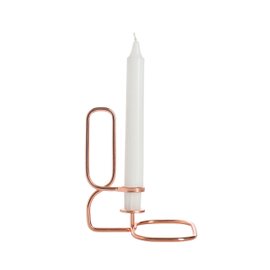
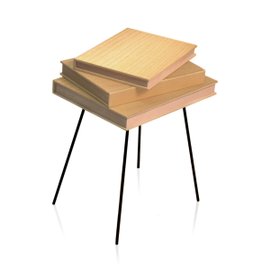
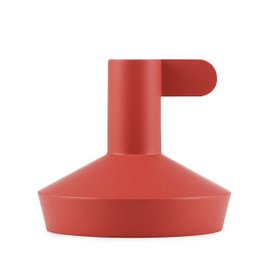
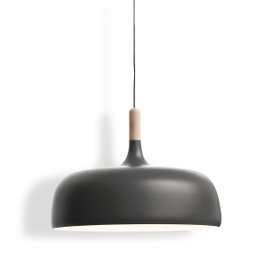
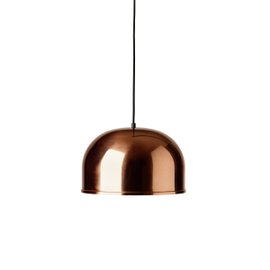
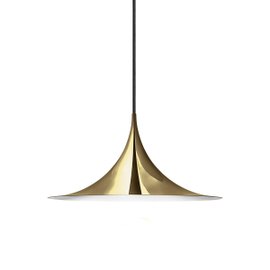
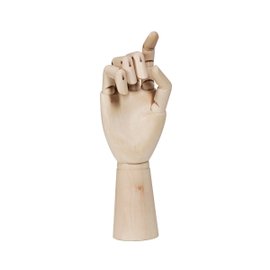

…and then social media came along. This isn’t exactly true. The value of the photography that goes down in history is that it succeeds (precisely) in capturing social change, including our changing ways of talking about reality. Instagram has inherited the lessons of the past, becoming a synthesis of the poetry of great photographers. Like Robert Frank in The Americans, it rejects the romantic presumption of the perfect shot (in the manner of Bresson, so to speak), preferring - as the Italian Luigi Ghirri would later do - a sequence of photos that explore surfaces and details; simple, linear shots, each one of which is irrelevant, uncertain, incomplete on its own, but which as a series show the ordinary reality we all live in. In comparison to the glamour and sophistication of the past, this is a seemingly cruder and less polished style, and - only apparently - within the reach of everyone.
Every time someone takes a photo and posts it on Instagram, they are weaving a story about what they’re doing and telling it to someone on the other side of their feed. Give people something to talk about and they’ll tell their friends and followers. Invite them for a drink and they’ll bring their family and friends. More than ever, what counts is the experience brands can offer.
Photography freezes a moment: the fawn looking at the camera is the victim of our scrutiny and simultaneously the executioner who traps us with its huge alluring eyes. To photograph is to shoot: fire, strike. In this immobile hunt, something suddenly moves. So exciting! Our primitive watchfulness is on the alert, our senses search again for the moving object. It’s not about our survival, these days it’s only a hunt for light entertainment, but still it works, it fascinates and engages us.
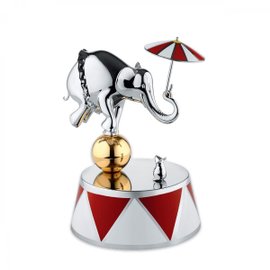
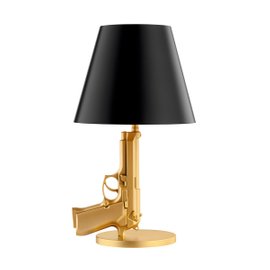

Just as with the GIFs that abound on the web, we are bewitched by an unexpected animation of the product.
Hay
Shane Schneck
Home Accessories
Christmas
Valsecchi 1918
Laudani & Romanelli
Furniture
Normann Copenhagen
Jonas Wagell
Gifts
Northern Lighting
Atle Tveit
Lighting
Menu
Grethe Meyer
Gubi
Bonderup - Thorup
The best of Design
Scandinavian Design
Dining
Maurizio Cattelan e Pierpaolo Ferrari
Seletti
Alessi
Marcel Wanders
Flos
Philippe Starck
Lighting
Alessandro Dubini

 Back to
Back to
Size*
Quantity*




